Due to an established history, content marketing and optimization efforts, your current website has likely developed a fair amount of domain authority. Once you switch to to a new domain, you’ll lose that authority. That means you’ll need to put in some work to build it back from the ground up.
There are many factors that contribute to that process…

Read more



